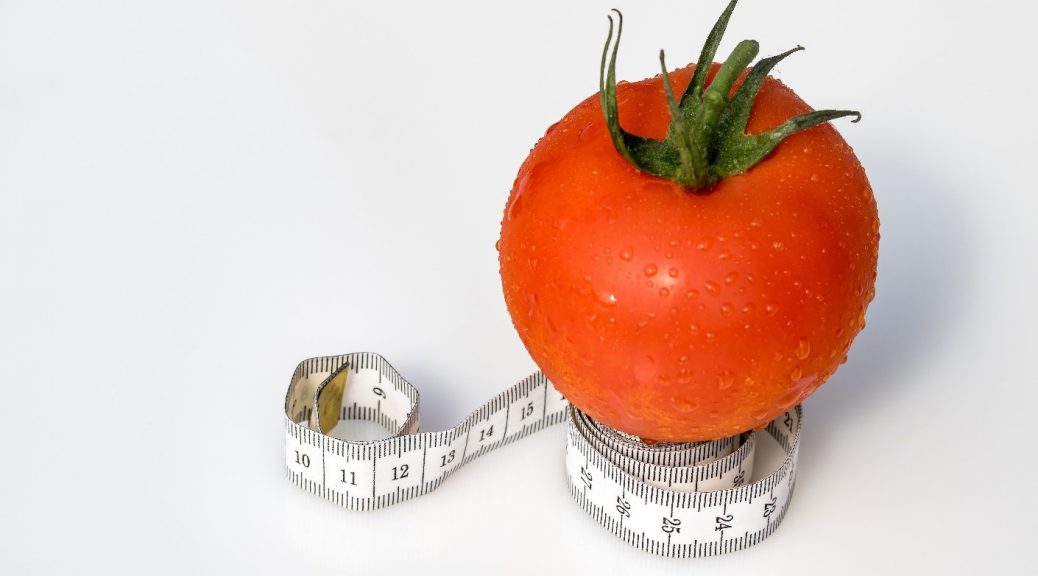Preplanned or prescribed diet meal plans, like the grapefruit diet and the chicken soup diet, are very cheap and easy to follow. Although such is the case, these diets may not be successful for every person. Even the highly detailed cabbage soup diet, for instance, may prove to be ineffective as it may not go well with your specific recommended daily intake (RDI), exercise patterns, or daily work schedules.
This is why it can come in handy if you know how to create a personalized week-long diet. Whether if it is for rapid or gradual weight loss, following these simple steps will let you create your very own and accurately effective meal plan.
Monitor your current statistics
Prior to going on a diet, you need to know where your starting line is. Take note of all of the meals you take in one average, non-dietary week. Do this while keeping track of your weight, as well.
Afterwards, compute the total amount of calories that you consumed for that week. You can do this by checking the packages of food, or by downloading calorie calculator applications in your computer or smartphone. The total amount of calories you usually eat is what contributes to your current average weight.
If you get the average number of calories for that entire week (dividing the total by seven), you will get an idea on how much calories you eat a day. From there on, you can set tangible and more realistic goals.
Start decreasing that number
Gradual weight loss has proven to last longer in comparison to crash diets. If you prefer to go on a rapid weight loss diet, you should know that it is not healthy, and the results do not last long. Shedding off one pound a week is the healthiest and safest amount of body weight to lose.
One pound is equivalent to 3,500 calories. If you aim to lose one in a week, then subtract 500 from your daily calorie intake for that week. You can do this by eating smaller amounts of food and drinking more water before eating, or by substituting your ordinary meals for food with lesser calories:
- Soy milk or nonfat milk instead of whole milk
- Mustard instead of mayo, which is made from eggs
- Popcorn instead of potato chips, which contain huge amounts of starch and sugar
- Nuts and almonds to satiate midday hunger instead of packed snacks
- High fiber cereals and bread instead of average ones
Put some variety in your meals
One of the main reasons why weight-loss diets are hard to stick with is because of monotony. The lack of interesting flavors will definitely make you crave the food that will ruin your meal plan. This is why it is important to be creative when designing your week-long menu.
Tropical fruits like papayas, pineapples, and kiwi can replace the usual apples or oranges. Tropical fruits also contain huge amounts of vitamin C, fiber, and antioxidants, and are yummier.
Surf the net for interesting but low-calorie and low-fat recipes, too. You will be surprised at how much calories you can cut off by simply changing the method of cooking.
The diversity of flavors will give you motivation to look forward to completing your weekly diet, whether if it is for rapid or gradual weight loss.
Pair diet with exercise
It can be hard to go on a strict exercise program, especially if you have a hectic schedule every day. However, it is important to squeeze in this activity somewhere, as it not only contributes to burning some of those extra calories, they are also very healthy for your body, in overall.
If you do not have time to go out jogging early in the morning, or if you cannot go to the local gym, know that there exercises that can be done at home:
- An hour of indoor cycling burns up to 950 calories per hour
- Skipping with a jumping rope can burn up to 800 calories per hour
- The classic jumping jacks burn 200 calories and are good for your heart
- Jumping and squatting can get rid of a good 200 calories in minutes
A word on diets
Like everything else, diets work best if they are planned out carefully. Once you formulate your very own diet that suits you well, you can keep at it until you reach your desired figure. Just remember that you need to have carbohydrates, healthy fats, and proteins each day to stay nourished.
Of course, not everything goes well on your first try. It is okay to partake on a slice of cake or a bar of chocolate on the first few attempts to lose weight. Just make sure to stay on track and pair your personalized week-long diet meal plan with a healthy amount of exercise to compensate.
